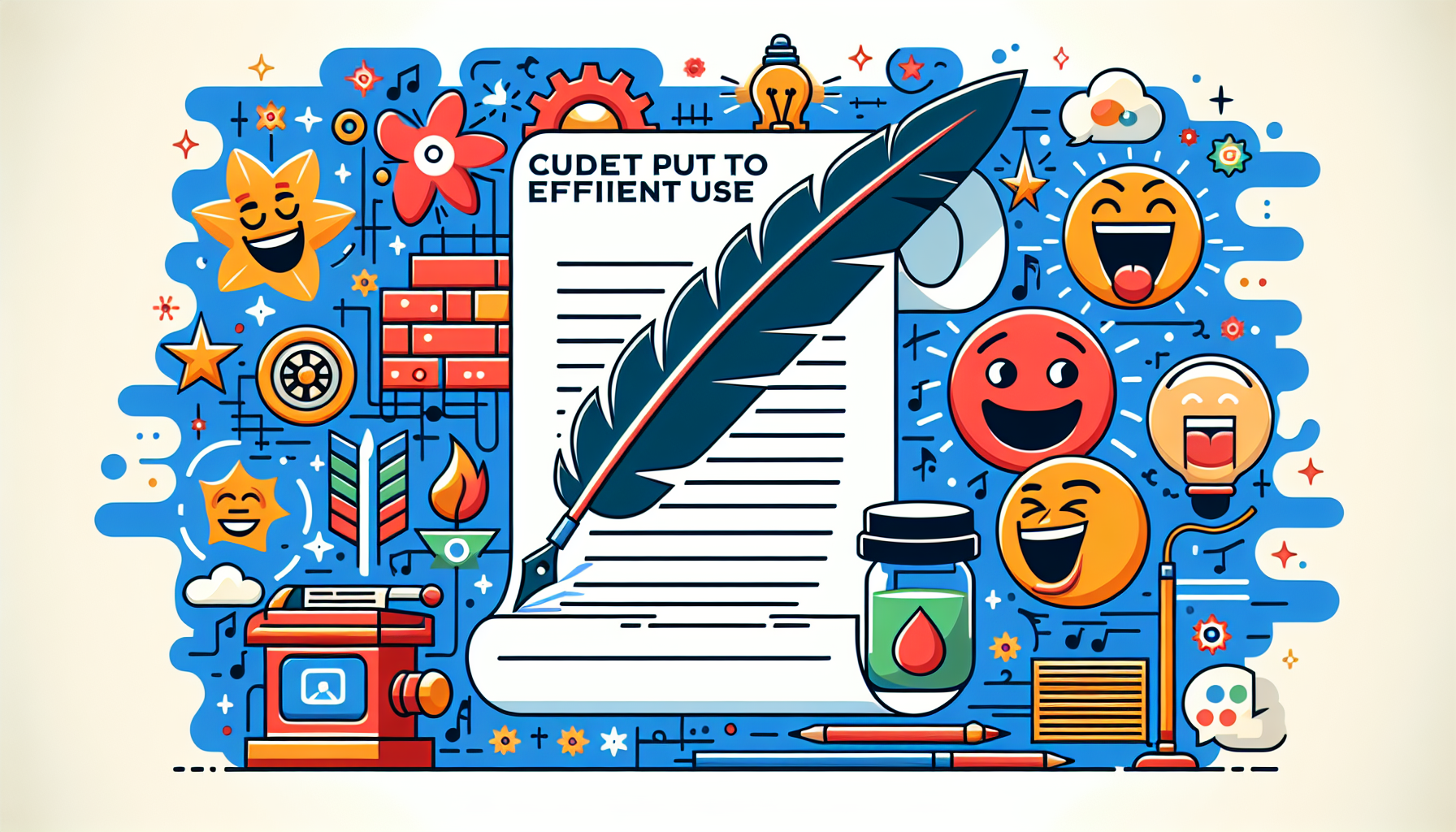
Introduction to Comedy Tropes
Comedy tropes are recurrent themes or devices, known for bringing humor and laughter to an audience. Mastering these tropes is crucial for any screenwriter looking to inject their screenplay with wit, charm, and hilarity. From slapstick to satire, understanding and skillfully applying these tropes can significantly enhance the comedic effect of your work, making it more enjoyable and relatable to your audience.
Essential Comedy Tropes
The Fish Out of Water
This trope involves placing a character in a situation or environment that is completely foreign to them. The humor arises from their attempts to navigate this new world, often leading to misunderstandings and comedic mishaps. This trope is effective because it highlights the absurdity of social norms and behaviors when viewed from an outsider’s perspective.
The Straight Man
In comedy duos or ensembles, the Straight Man is the serious, often oblivious character who reacts to the absurdity and chaos created by the other characters. Their seriousness amplifies the ridiculousness of the situations, providing a grounding contrast that enhances the comedic effect.
Misunderstandings and Miscommunications
A classic foundation for comedic scenarios, misunderstandings, and miscommunications can lead to humorous situations where characters find themselves in confusion and chaos. This trope plays on the imperfections of human interaction, resonating with the audience’s own experiences of misinterpreted intentions or messages gone awry.
Ironic Situations
Irony is a powerful tool in comedy. Placing characters in situations where the outcome is the opposite of what they intended or expected can create a rich vein of humor. Mastery of irony requires a nuanced understanding of expectation versus reality, often leading to laughter as the audience appreciates the twist.
Implementing Comedy Tropes Effectively
Blend Tropes for Complex Humor
While a single trope can be effective, combining them can create more layered and engaging comedic scenes. For instance, a Fish Out of Water, when paired with Irony, can lead to situations where their naïve attempts to fit in inadvertently solve a bigger problem, subverting the audience’s expectations in a humorous way.
Subvert Expectations
One way to rejuvenate clichéd tropes is through subversion, where you lead the audience to expect a typical outcome associated with a trope, only to surprise them with an unexpected twist. This not only refreshes well-worn paths but also keeps your comedy feeling original and inventive.
Character Development Through Comedy
Comedy should not come at the expense of character depth. Infuse your characters with goals, flaws, and growth arcs that are intertwined with the comedic elements. This ensures that the humor serves the story, contributing to the overall narrative and character development.
Conclusion
Mastering comedy tropes is an art form that can significantly enhance the quality and appeal of your screenplay. By understanding and skillfully applying these tropes, while also being mindful to keep your content original and character-driven, you can create a comedy that resonates with audiences and stands out in the genre. Remember, the most memorable comedies are those that make us laugh, but also those that make us think and feel. Your screenplay has the potential to do just that.






